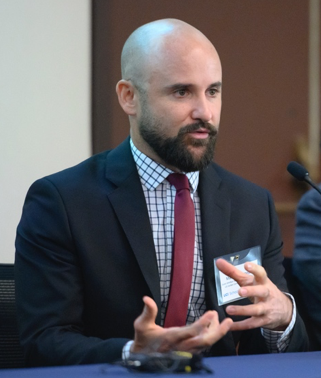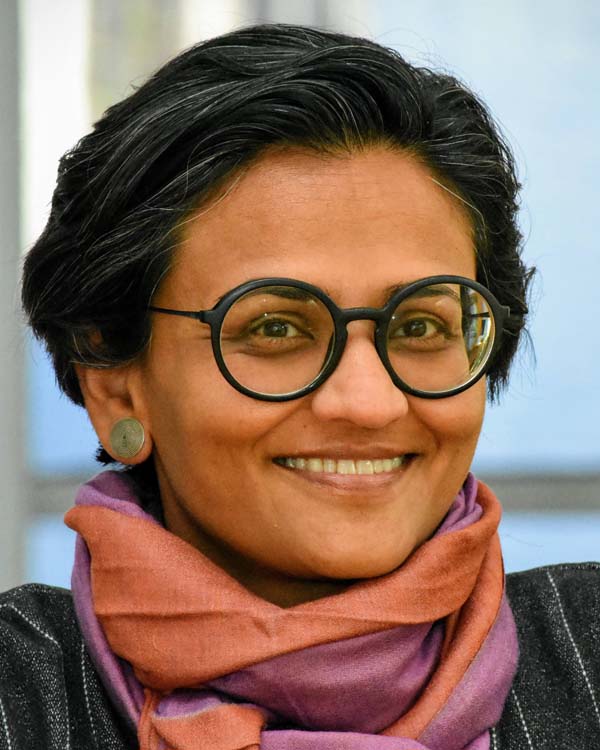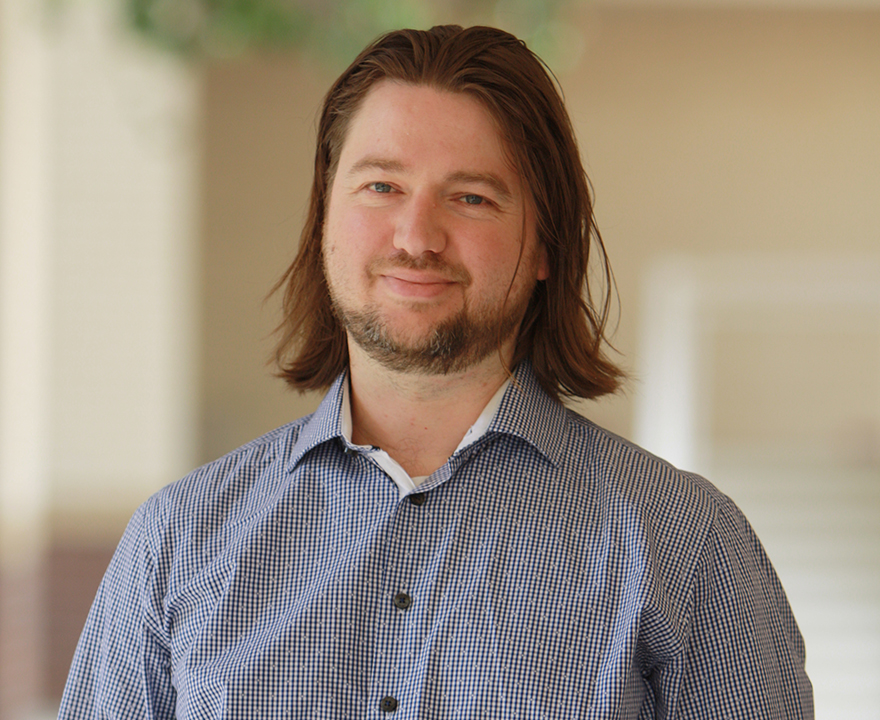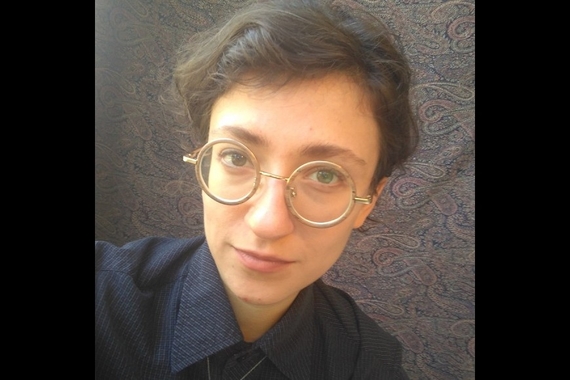People
FACULTY
Matthew P. Canepa
Elahé Omidyar Mir-Djalali Presidential Chair in Art History and Archaeology of Ancient Iran
Professor of Art History | Ph.D. Program in Visual Studies
Director of the Specialization in Ancient Iran and the Premodern Persian World
Touraj Daryaee
Maseeh Chair and Director, Samuel Jordan Center for Persian Studies and Culture
Professor of History | Ph.D. Program in History

Alka Patel
Associate Professor of Art History | Ph.D. Program in Visual Studies

Ian Straughn
Assistant Professor of Teaching | Department of Anthropology
___
GRADUATE STUDENTS

Arnold Alahverdian (PhD Candidate, History)
aalahver@uci.edu
Advisor: Touraj Daryaee
Arnold Alahverdian's dissertation deals with the fifth-century Sasanian world. In it he contextualizes a fifth-century revolt in the Caucasus within broader developments in the Sasanian world (invasions, socio-political developments, ideological developments), focusing mostly on Sasanian-Armenian relations. He works on mostly Armenian, Syriac, and Middle Persian sources, especially literature dealing with the reigns and "persecutions" of Peroz I and Yazdgerd II. A segment of his dissertation also studies a narrative of sanctified warfare (especially its gendered rhetoric) within broader late antique developments (this includes elements from the Iranian epic tradition). Areas of Interest: Late Antique history, Sasanian History, Armenian History, Iranian Epic Tradition, Religion, identity, and violence in late antiquity, World History, Near Eastern / Middle Eastern History.
Agnik Bhattacharya (PhD Student, Visual Studies)
agnikb@uci.edu
Advisor: Matthew P. Canepa
Agnik Bhattacharya received his BA from Sanskrit College, University of Calcutta in Ancient Indian and World History, Culture and Archaeology. He completed his masters from Presidency University in History with a dissertation paper on ‘B.N. Mukherjee and Globally Oriented Narratives on Kushan Studies: An Intellectual History Approach. His academic interests and training are interdisciplinary and it includes archaeology, ancient history and culture of South Asia, early medieval South Asia, pre- modern South and Central Asia, modern South Asian and European history and Global Intellectual and Transcultural Studies of South and Central Asia. Currently, He is interested in the social and political history of pre-Islamic Central Asia (Afghanistan) and their predominant presence in the nation building process of the various modern Central Asian republics. His research examines the importance of Afghanistan in the late 1960’s and early 70 for the development and often competing, scholarly paradigms regarding the study of the archaeology of the Ksuhan Empire (c.1centruy CE- 4th century CE).

Ileana de Giuseppe (PhD student, Visual Studies)
idegiuse@uci.edu
Advisor: Matthew P. Canepa
Ileana de Giuseppe received her B.A. (Summa cum laude) in Cultural Heritage from Alma Mater Studiorum University of Bologna (Ravenna) and M.A. (Summa cum laude) in History, Preservation and Enhancement of the Artistic and Archaeological Heritage and Landscape, with a specialization in Archaeology. Ileana has excavated for several seasons at Persepolis with the Italian-Iranian project at Tol-e Ajori as well as numerous sites throughout the Mediterranean. Her research focuses on problems of the materiality, visuality and practices of transculturation in changing identities across the lands of the former Achaemenid Empire after Alexander.

Mark Gradoni (PhD student, History)
Advisor: Touraj Daryaee
Mark Gradoni is a doctoral student at the University California, Irvine, in the department of History, where he focuses on the history of the Sasanian Empire. He holds a M.A. in the Humanities with a concentration in Art History and Archaeology from Hood College, as well as B.A.s in History and Ancient Studies from the University of Maryland-Baltimore County. His academic training is interdisciplinary, combining archaeological, art historical, and historical methodologies. He studies Iran and the broader Near East in Late Antiquity with interests in public engagement with archaeology, and the phenomenon of pseudo-archaeology in popular media.

Nastasya Kosygina (PhD student, Visual Studies)
nkosygin@uci.edu
Advisor: Matthew P. Canepa
Nastasya Kosygina earned her B.A. in Classical and Near Eastern Studies and B.S. in Chemistry from the University of Minnesota-Twin Cities. Her research interests include archaeology and material culture of the late antique eastern Mediterranean, Mesopotamia and Western Asia; human relationships to materiality and their effect upon the material debris of praxis; etic and emic concepts of "magic" vs premodern landscapes of doing; non-luxury material culture and human intentionality; the unintelligible word and the non-legible inscription, as well as Greek and Syriac epigraphy and paleography.

Leighton Smith (PhD Student, History)
leightss@uci.edu
Advisor: Touraj Daryaee
Leighton Smith received his B.A. in Classics and Literature from the University of California, Santa Cruz. His research interests center on the late antique world and the Manichaean religion, namely and how the religion's specialists and practitioners adapted the religion not only to Iran but to the broader scale of a "global" late antique world as it spread. Outside of his specific niche, he is interested in the Middle Iranian languages and late antique religious life more broadly, as well as digital tools for language instruction.
Liz Wells (PhD Candidate, Visual Studies)
mallorew@uci.edu
Advisor: Matthew P. Canepa
Liz Wells is a scholar of transcultural exchange and visualities of authority in the late antique Mediterranean, the late antique Near East, and the early European Middle Ages. Her dissertation focuses on the Visigothic Kingdom and its engagement with the visual and spatial cultures of kingship in the Mediterranean and Western Asia under the Sasanians and the early Islamic world. It weaves together ideas, approaches, and theoretical matrices from several of these fields and disciplines and bring them to bear on art historical material that rarely receives attention outside of the limited confines of early medieval art history. Among its goals is to introduce a more capacious and more humanistic conception of the Mediterranean and Near East during the period of c. 400-800 CE.

Layah Ziaii-Bigdeli (PhD Candidate, Visual Studies)
lziaiibi@uci.edu
Advisor: Matthew P. Canepa
Layah Ziaii-Bigdeli's background is in Iranian archaeology and art history. She earned a B.A. in ancient Near Eastern Art and Archaeology at Columbia University and an M.A. in Cultural Heritage and Preservation Studies with an emphasis on Islamic art at Rutgers University. Her master’s thesis examines Nishapur figural buff ware with an intention to understand the quality of modern conservation and its effects on scholarship. Currently, she is interested in problems of transition from Sasanian period to Islamic Iran. Her dissertation project studies the intersections between foodways and identities in the Sasanian and early Islamic period focusing particularly on Iranian silver and its impact on cultural practices and vessels of all mediums across Iran and Central Asia.
